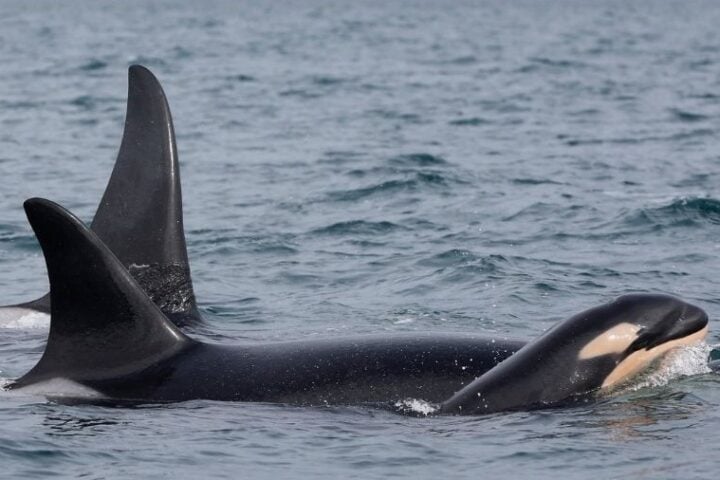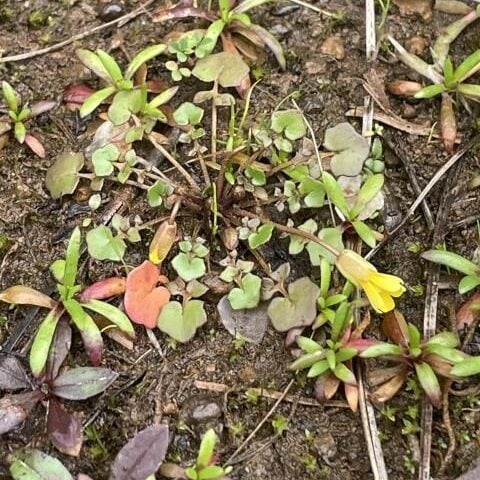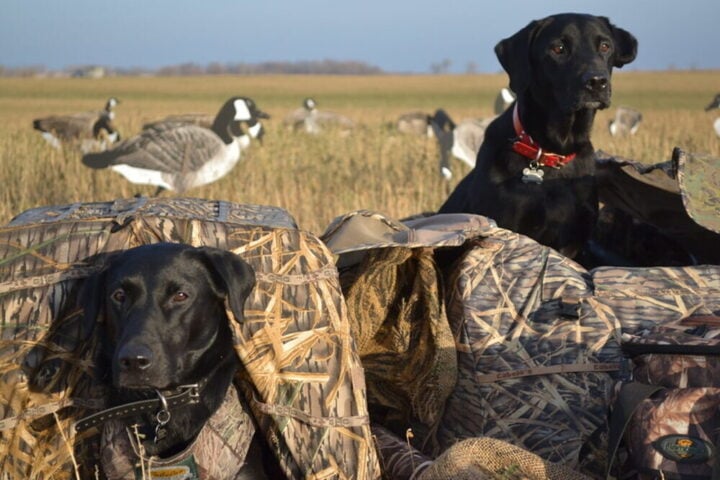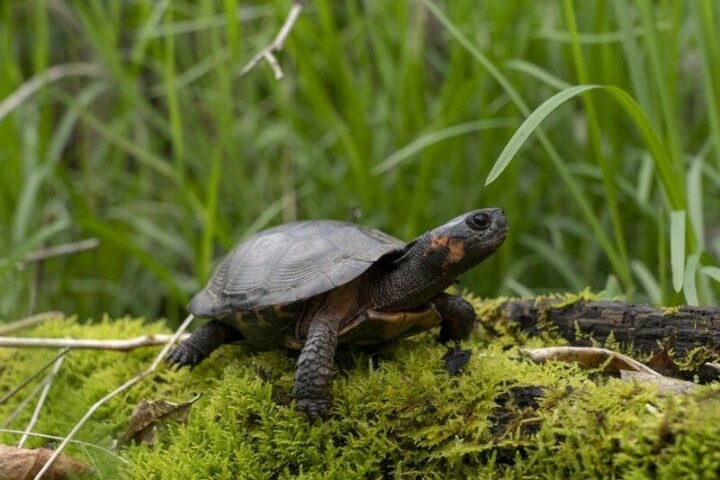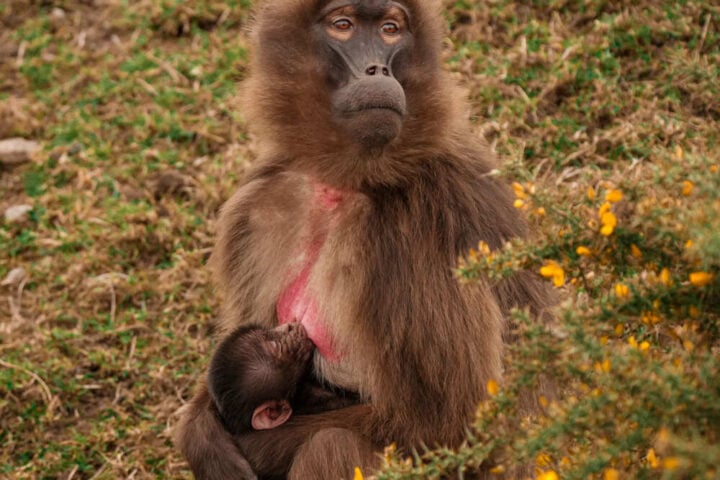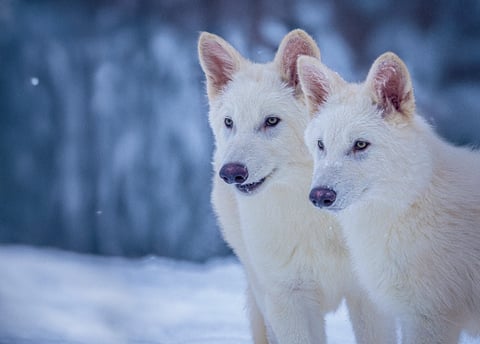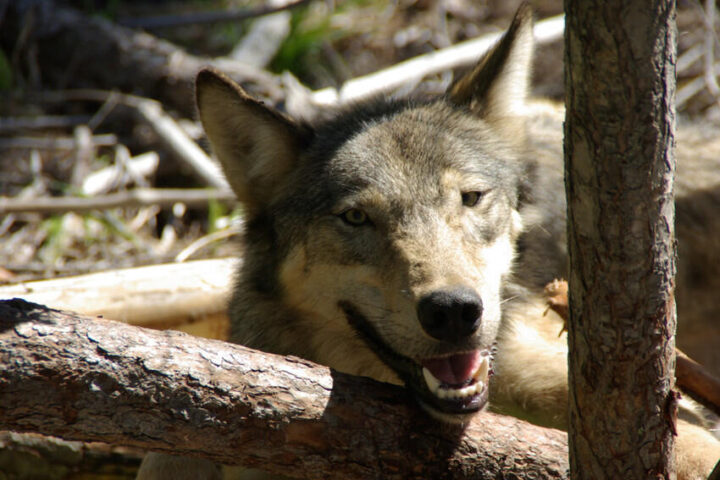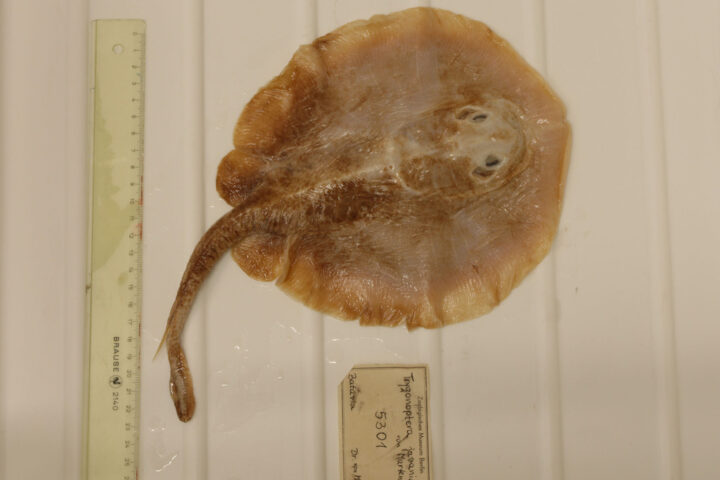Two of New Jersey’s most impressive birds are no longer at risk of disappearing. After 40 years of hard work, bald eagles and ospreys have recovered enough to leave the state’s endangered species list.
This success story started in dark times. Back in the 1970s, you could hardly find these birds in New Jersey. Only one pair of bald eagles remained in the entire state. The culprit was a common pesticide called DDT, which people used to kill mosquitoes. This chemical made bird eggs so fragile they would break before hatching.
“This action is indeed a significant milestone in the history of endangered species conservation and recovery in New Jersey,” says Shawn M. LaTourette, New Jersey’s Environmental Protection Commissioner. The federal government banned DDT in 1972, and that’s when things began to change.
Today, the numbers tell an amazing story. New Jersey now has 293 pairs of nesting eagles, up from just one pair 40 years ago. Ospreys have grown from about 50 nests in the early 1970s to a record 800 occupied nests in 2023. You can now spot these magnificent birds all across the state, especially near water.
Similar Posts
Local communities played a big part in this recovery. A nest watching program organized as part of the Bald Eagle Project now has more than 150 people. They keep track of the birds and make sure nobody disturbs them. Their work helps protect both the birds and the places where they live.
“We do have more work to do and continue to face challenges,” says Kathy Clark, who leads New Jersey’s Endangered Species Program. “But with so many dedicated people and strong legislation in place, I am confident we will continue to protect our remarkable diversity of wildlife.”
While this is good news, there’s still work to do. The state just added 30 new species to its endangered list, including butterflies, fish, and other birds. But the recovery of eagles and ospreys proves that we can make a difference when we work together to protect wildlife.
For families and nature lovers, this means more chances to see these incredible birds in action. The best spots are along the Delaware Bay, where protected marshlands give the birds perfect places to nest and hunt. Eagles and ospreys still have legal protection, ensuring they’ll remain a part of New Jersey’s natural heritage for future generations to enjoy.
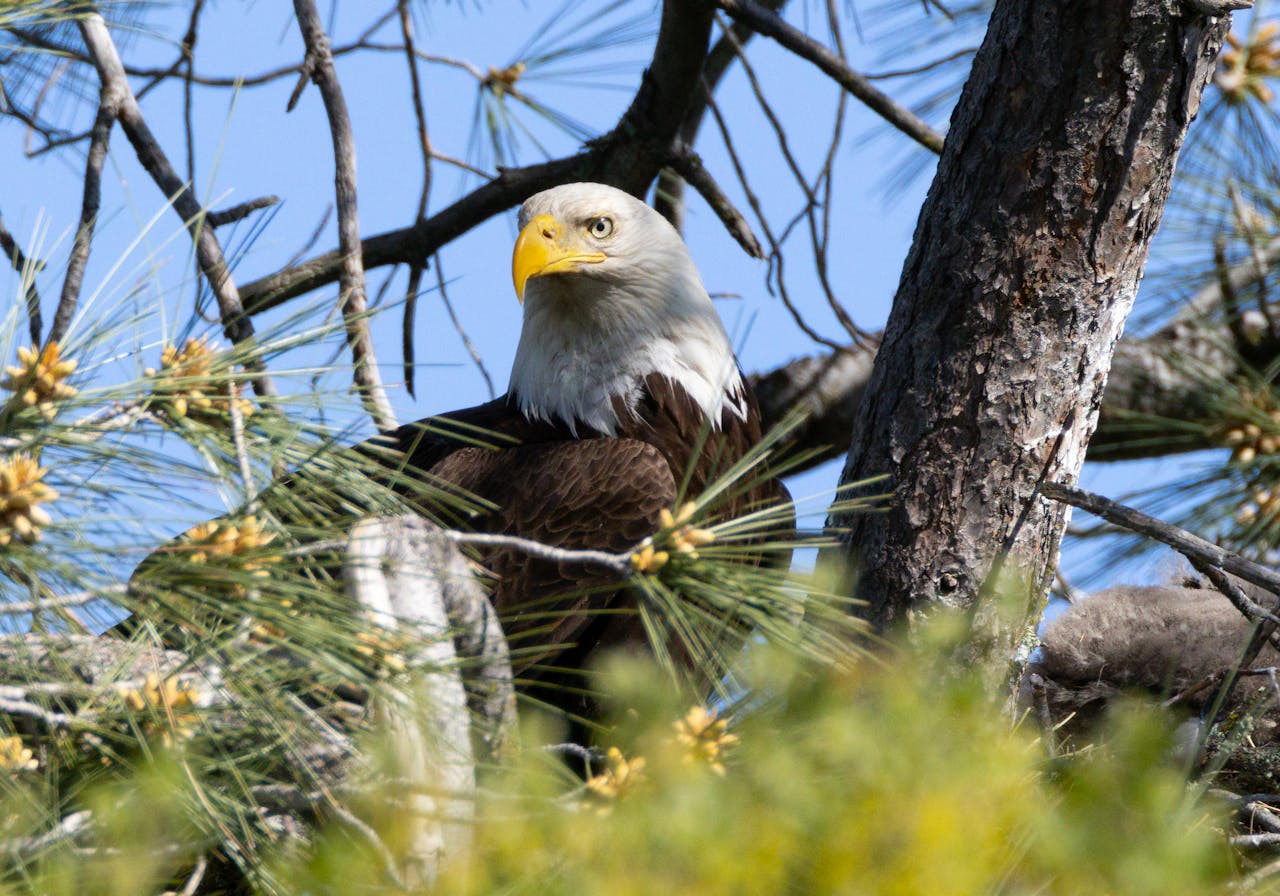
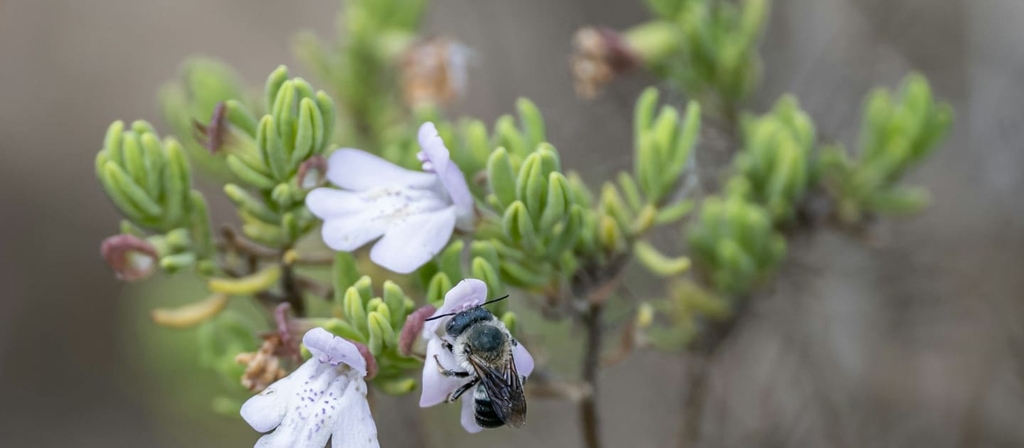





![Representative Image: European Starling [49/366]. Photo Source: Tim Sackton (CC BY-SA 2.0)](https://www.karmactive.com/wp-content/uploads/2025/04/Starlings-Drop-82-in-UK-Gardens-as-Birdwatch-2025-Reveals-Record-Low-Count-Since-1979-720x480.jpg)

